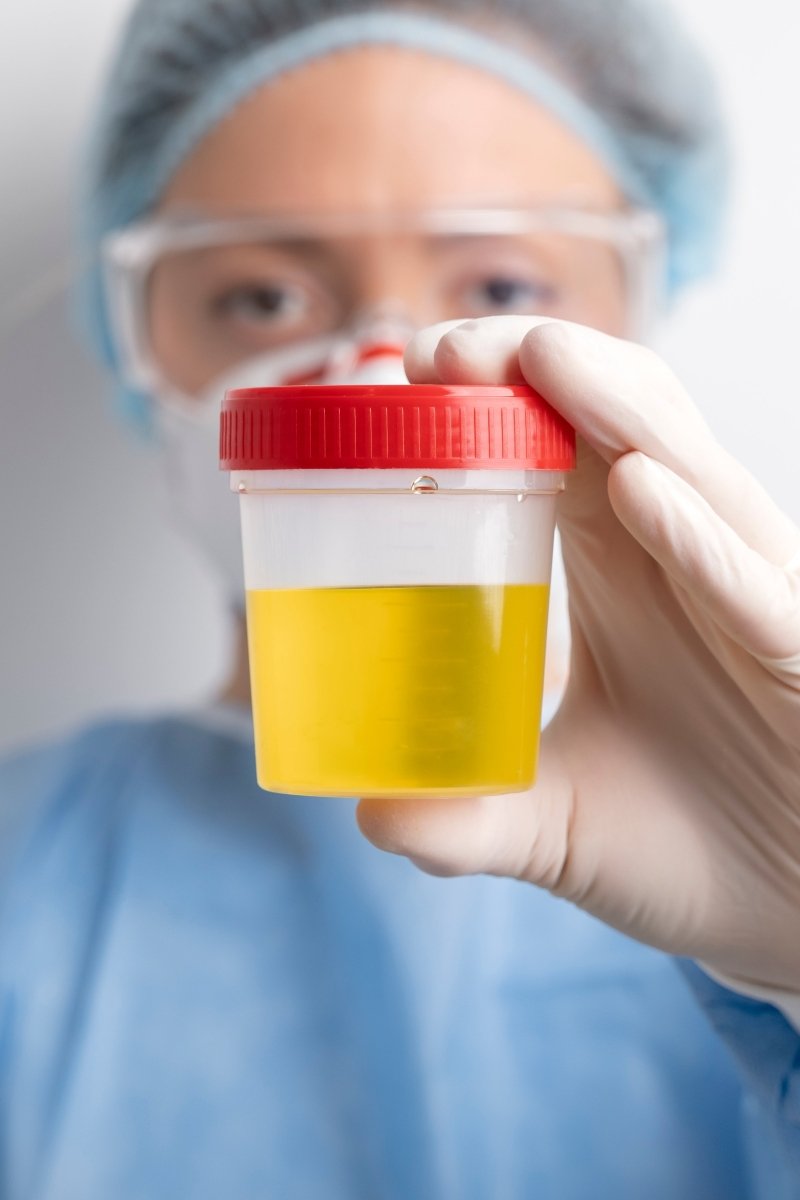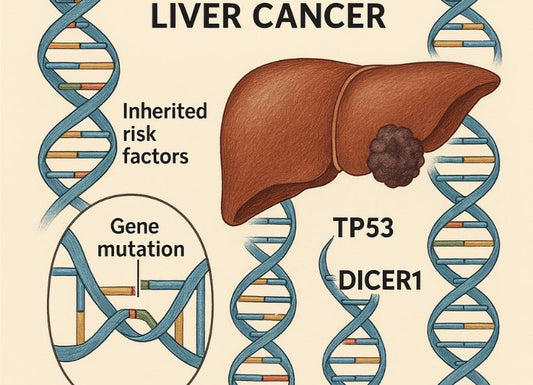Abnormal Urine pH: What Could It Mean?
 Written By
Yusela Aquino
Written By
Yusela Aquino

Are abnormal urine pH levels inherently dangerous? In a staggering majority of cases, no. Still, understanding what constitutes a standard urine pH range and the reasons why yours may fall short of it or exceed it could point toward more serious, underlying health issues. Some examples of what high pH in urine could indicate are kidney disease or even kidney failure. However, even simply consuming a diet rich in leafy greens can be the only reason for abnormal urine pH.
Conversely, low urine pH is often seen in diabetics and those with kidney acidosis, though acidic urine can also be caused by a sufficiently protein-rich diet. Read on for a more detailed explanation of both serious and benign reasons behind abnormally acidic or alkaline urine.
Why Test Urine in the First Place?
Urine tests are among the most commonly ordered medical procedures worldwide. They form one of the cornerstones of early-stage patient diagnosis and are invaluable tools in establishing an overall picture of the patient’s health. This is due to how easy these tests are to carry out and how much information doctors can glean to determine the right direction for further treatment.
What Is Considered Low and High Urine pH?
Generally, normal pH in urine should land anywhere between 4.5 and 8.0. Anywhere below that is considered low urine pH, or excessively acidic urine, and anywhere above – high urine pH, or excessively alkaline urine.
Interestingly enough, recent scientific studies, such as this one conducted by Canales et al., suggest that there is a link between basal urine pH regulation and one’s genetic composition, though the exact mechanisms at work here are as yet poorly understood. For now, it’s enough to keep the aforementioned standard urine pH ranges.
High pH in Urine: Possible Causes
As mentioned above, a pH level of 8.0 or above suggests the analyzed urine sample is highly alkaline. The causes behind this range from benign to gravely concerning. However, if abnormal urine pH levels are the only (or primary) symptom a patient has, they likely don’t have much to worry about here, as some of the causes enumerated below are most often associated with more serious and immediately concerning symptoms, such as metabolic dysfunctions or serious infections.
High pH in urine can result from:
- Dietary choices: a diet high in alkaline fruits and vegetables can increase urine pH;
- Urinary Tract Infections (UTIs): urinary tract infections are fairly common and known to often increase urine pH;
- Renal Tubular Acidosis: a serious condition which inhibits the kidneys’ ability to get rid of acids from the body, leading to increased pH;
- Certain medications;
- Metabolic or Respiratory Alkalosis: these two conditions impact the body’s ability to keep a balance between acidity and basicity;
- Prolonged vomiting.
Low pH in Urine: Possible Causes
On the side of the coin are the low-end ranges of urine acidity, classified as low urine pH when falling short of 4.5 on the pH scale. Similarly to elevated pH scores, patients who get diagnosed with low urine pH could potentially be suffering from serious underlying health problems. Still, unless they’re also experiencing more troubling symptoms, low pH in urine in itself could be caused by something rather benign.
Low pH in urine could result from:
- Dietary choices: as an example, a keto diet or any other diet that includes high levels of protein could increase urine acidity;
- Diabetic ketoacidosis: a serious, life-threatening complication for patients with diabetes, whereby the body can’t produce enough insulin, and starts using fat for fuel. This is, essentially, the same mechanism as with a keto diet, albeit with keto genesis occurring at an excessive and uncontrolled rate.
- Severe dehydration: insufficient water intake could increase the concentration of urine, therefore increasing its acidity and lowering urine pH;
- Metabolic acidosis: if the body can’t regulate the acid content within, it could influence the pH levels of urine;
- Prolonged diarrhea.
Receiving an Abnormal Urine pH Diagnosis – What’s Next?
If your healthcare professional ordered a urinalysis, and the results have shown urine pH levels to be outside their normal ranges, taking further action should always be consulted with a doctor. As seen above, the reasons behind low or high urine pH could be mild and easily fixed or seriously dangerous to your health.
Taking the right steps under the guidance of a professional is paramount to ensuring proper care. Milder cases can be resolved through minor adjustments in dietary habits or water intake. However, things might have to get a little more involved with a serious diagnosis. For example, if your doctor confirms diabetic ketoacidosis or a UTI, they might recommend immediate medical intervention. For diabetic ketoacidosis, this could even involve hospitalization, though with a UTI, a course of antibiotics to clear the infection and manage symptoms is typically enough.
The Takeaway
We hope we have clarified the meaning behind low and high pH in urine, and equipped you with the right knowledge to take the right steps moving forward. Many factors can cause an imbalance in urine pH, and it’s crucial to remain aware of the causes, especially those that could be harmful in the long term.
Related Resources
UTI Tests: The Essential Guide to Understanding and Managing Your Health
How Long Does It Take to Die From Kidney Failure Without Dialysis?
Why Is My Fasting Blood Sugar High but My A1C Is Normal?
References
Canales BK, Smith JA, Weiner ID, Ware EB, Zhao W, Kardia SLR, Curhan GC, Turner ST, Perinpam M, Lieske JC. Polymorphisms in Renal Ammonia Metabolism Genes Correlate With 24-Hour Urine pH. Kidney Int Rep. 2017 Jun 21;2(6):1111-1121. doi: 10.1016/j.ekir.2017.06.009.

Yusela is a medical student with a degree in Biology and a strong foundation in health communication. With experience in both research and clinical settings, she writes clear, evidence-informed content to help patients and caregivers better understand liver health, chronic disease, and transplant care.



